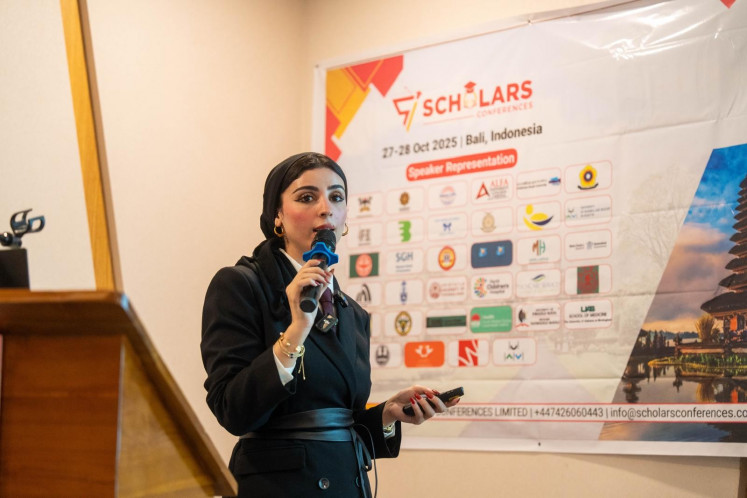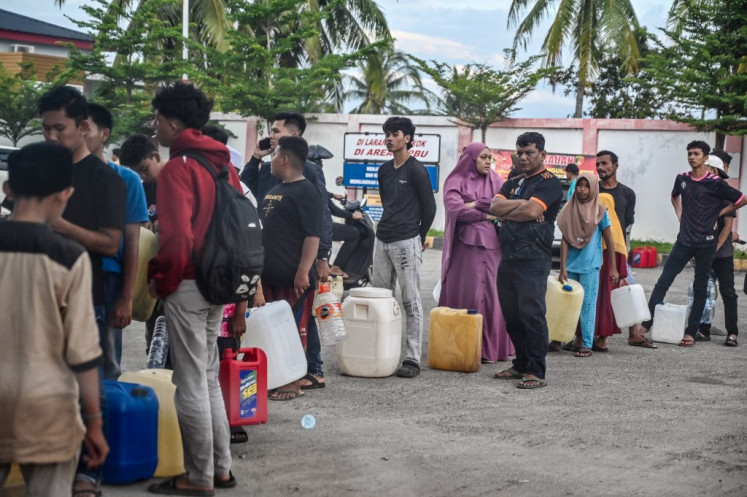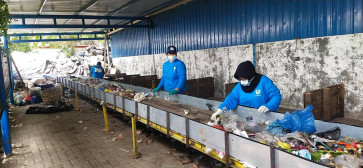Popular Reads
Top Results
Can't find what you're looking for?
View all search resultsPopular Reads
Top Results
Can't find what you're looking for?
View all search resultsThe struggle of waste banks to recycle and repurpose trash
Despite having economic value and being a solution to waste problems, waste banks struggle to find support from the public and the government.
Change text size
Gift Premium Articles
to Anyone
D
espite having economic value and being a solution to waste problems, waste banks struggle to find support from the public and the government.
Last May, after eight years of managing a waste bank in Sicanang, Belawan, Medan, 46-year-old Armawati Chaniago announced on her Facebook account that she would stop the program.
"I decided to stop. But many of my colleagues encouraged me to keep doing it because the goal is important: to save the environment. So I will continue but with changes," the founder and director of Bank Sampah Induk Sicanang told The Jakarta Post, on June 21.
Waste banks are an effective way to reduce the ongoing accumulation of waste. This program can be a solution to overcome the waste problems in big cities, such as Medan, which produces 1,500 to 2,000 tons of waste per day.
If managed well, waste banks also have economic value. But maintaining the sustainability of the operation is not easy. In the past, the Sicanang waste bank, which aims to sort waste from the main landfill site in the area, was run by 24 permanent staff. Now it is only managed by four people.
"I had to [lower the number of workers] to keep this waste bank running," said Armawati.
Previously, the operational costs were too high. The waste bank spent up to Rp 20 million (US$1,351) in personal funds per month.



















